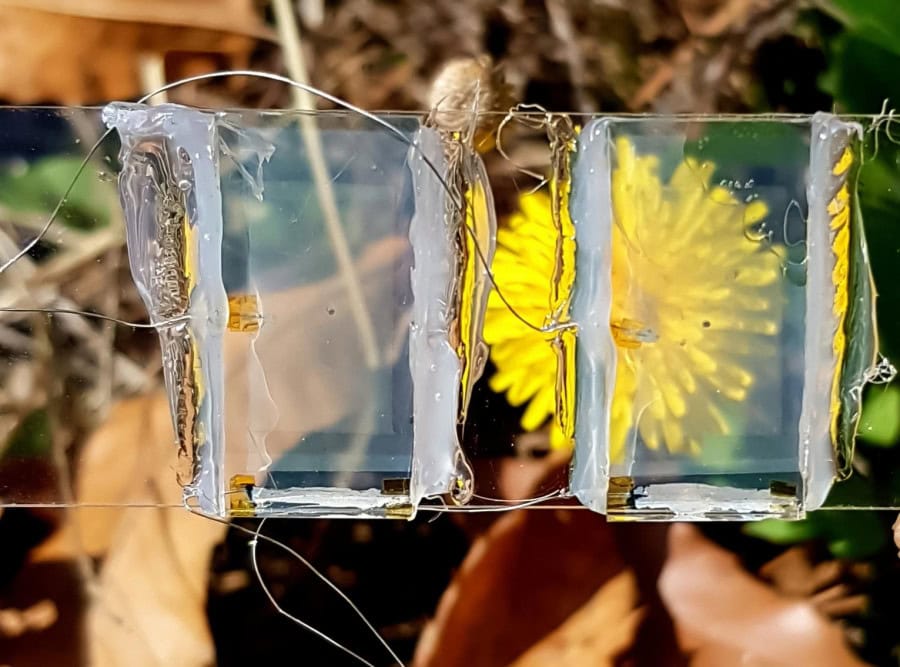TECH:Report
A new study in the Journal of Power Sources from Incheon National University, Korea shows how they have made the first completely invisible solar cell. Led by Professor Joondong Kim the new study boasts of their newly found innovative technique, specifically in the cell’s heterojunction- the making of crystalline, thin films that are effective for absorbing the light. This solar panel then turns the absorbed light into electricity. According to the study, it was through the mixture of nickel oxide semiconductors and titanium dioxide that an efficient and fully transparent solar cell has been made.
An Earth-Friendly Electricity for Tomorrow
Titanium dioxide (TiO2), being an efficient semiconductor is already currently being used in solar panel technology. Not only is it effective, but also non-toxic and environmentally friendly since it is an abundant element in Earth. Nickel oxide (NiO), on the other hand, is also a semiconductor with high optical transparency features. It is also manufactured at low industrial temperatures. The combination of this two makes for an excellent discovery of a transparent solar panel that is environmentally friendly, and easy to use.
According to ScieTechDaily, solar energy always had the highest hopes of making a reliable and sufficient energy source among other renewable sources such as wind, water, waves. This is also the reason why much research and development has been invested in solar energy. For years now, solar energy has been made more affordable and environmentally friendly, alongside its effective capacity to convert UV into electricity. Thus, more and more people have been switching to solar energy for different homes and establishments. Not only is it cost-effective, it is also a noble cause that contributes to a carbon-free future.
Solar Energy Now More Convenient
However, modern solar cells have been limited in their integration to daily use due to their opaque qualities. Solar panels can only be seen in roofs, remote areas, and places that are hidden to the public eye. The recent study by the research team Journal of Power Sources in Korea has made a considerable leap making the first fully transparent cell. The idea is to be able to integrate it into windows, buildings, and even mobile phones in the future. With this, solar energy will be made more accessible for public use. Professor Joondong Kim from the Department of Electrical Engineering at Incheon National University has high hopes for their study. According to him, “The unique features of transparent photovoltaic cells could have various applications in human technology.” When this discovery progresses, we could have more applications for solar energy.
Although this was not the first discovery for transparent solar cells, Prof. Kim’s team was a pioneer for integrating this to solar energy panels. The study, being very promising could lead us to the very hopeful path for tomorrow’s new source of electricity.










